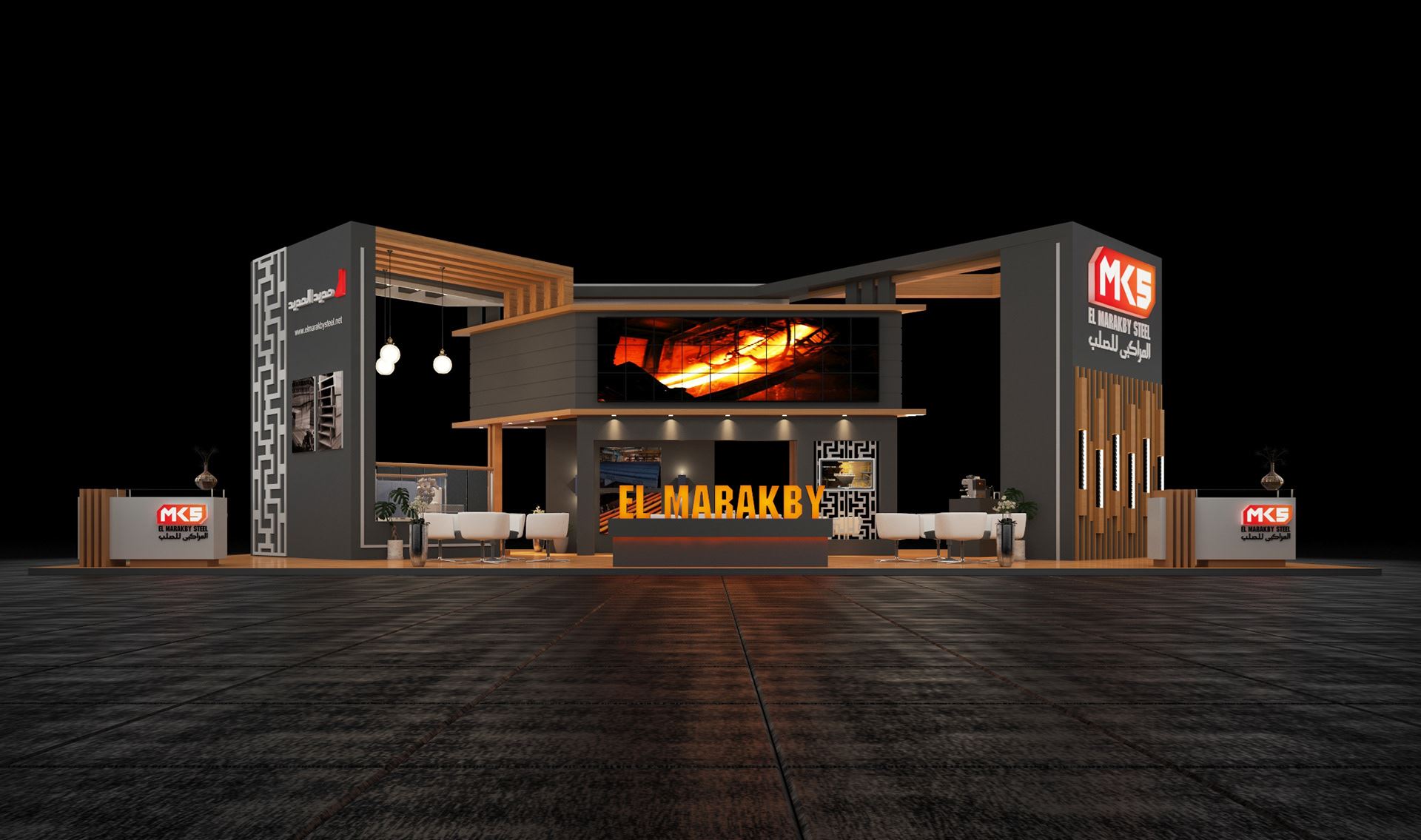
Conflux Technology, an Australian company, has created custom 3D-printed cold plates for electric aircraft. These cold plates are essential for managing heat in battery packs, inverters, and electronics. They prevent overheating and ensure optimal performance.
Lightweight Design for Enhanced Efficiency
Conflux partnered with an aerospace company to design a lightweight cold plate. The goal was to improve energy efficiency and reduce operational costs in eVTOL aircraft. Using advanced manufacturing techniques, Conflux created a cold plate that is 42% lighter than traditional designs.
The cold plate also incorporates features for efficient cooling. Optimized fluid channels improve fluid flow distribution. This reduces temperature variation across the surface by approximately 80%, ensuring more uniform cooling.
Applications Across Industries
These cold plates have applications beyond aerospace. They can be used in electronics, automotive, renewable energy, medical devices, and data centers. This highlights the growing importance of advanced manufacturing in producing high-performance thermal components.











Leave a Reply
You must be logged in to post a comment.